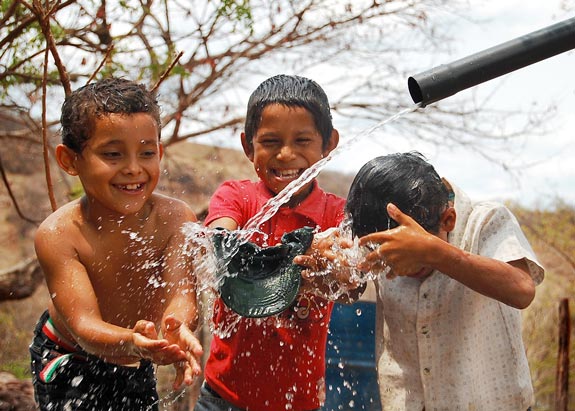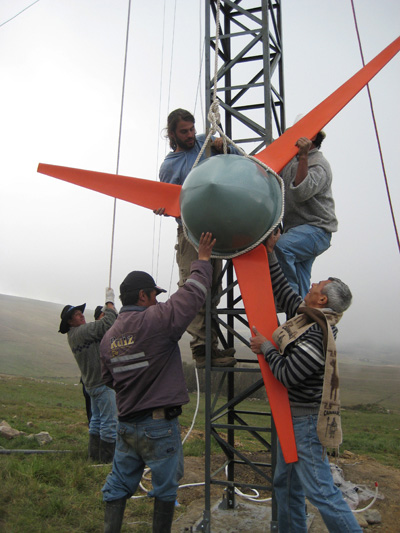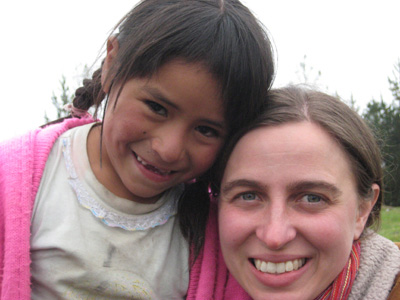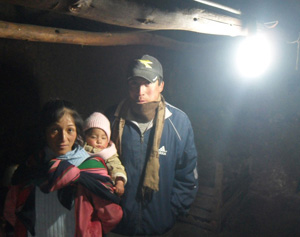Clean Water and Energy
UVA alumna works for sustainable development
One early morning, in a small village of Potreritos, Nicaragua, I watched as the women and girls put on their flip-flops, picked up empty buckets and started their daily trek to the water source. They filled up five-gallon plastic buckets that weighed 40lbs and hoisted them up on their heads. It was amazing to watch them balance the heavy load without losing any of the precious contents.

Unlike their mothers, however, these girls wouldn’t have to haul water their whole lives. Together, the entire community and many partners, including an organization I lead, has helped them build a solar-powered water pump to deliver clean water from deep in the ground to taps in their homes.

Dirty water kills more people every year than all forms of violence, including war. To me, this issue is not just statistical; it’s also personal. It beckons memories of sharing a meal at the adobe house of a man named Homero in the highlands of Peru, where most people were drinking from open pools of greenish water. While this statistic can be disheartening, my development work reminds me that solutions to one of the world’s biggest problems are within reach. Providing clean water to people and communities does not require high-tech research. Much of the necessary technology has been around for hundreds, if not thousands, of years: pipes, sand for filters, simple pumps and wells. Today we also have new technology, such as solar power, to safely pump water to deliver it to rural households.
Little did I know when I was studying anthropology and Spanish at UVA that I would have the opportunity to apply cross-cultural learning to years of program management or that my Spanish classes would eventually enable me to build relationships with grassroots leaders in Latin America. I didn’t know I would end up living in Peru for two years and traveling back and forth for many more.

Since graduating in 2001, I have been working to address the lack of basic water and electricity in villages around the world. Today I’m the executive director of Green Empowerment, a non-profit with a mission to provide villages access to clean water, electricity from renewable energy and other sustainable solutions.
We have helped more than 4,000 people who now have water systems that deliver and treat water for drinking, washing and irrigation. We also provide renewable energy systems—solar, wind, micro-hydro and biogas—that generate energy for households, schools, clinics and small businesses, reaching more than 170,000 people so far. In doing so, we support education, health and local economies. To protect the sources of water, we also focus on watershed restoration and management programs such as the establishment of community-owned forest reserves.

After sleeping in adobe homes where there is no light and drinking water from pools shared with tadpoles, I look at my light bulbs and kitchen tap with new appreciation. The next time you flip the light switch or turn on the tap, I urge you to think of the families that don’t have these luxuries, and remember that the solutions are within reach.